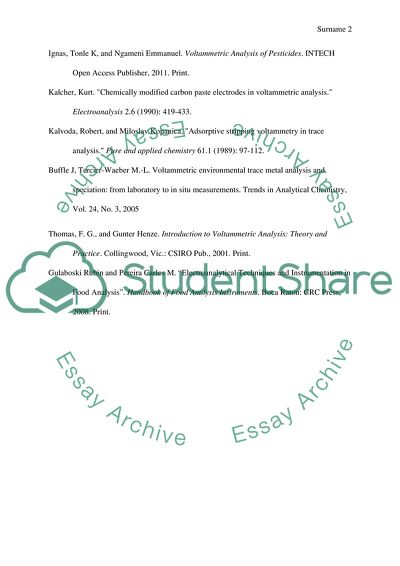Cite this document
(Analysis and Application of Voltammetry Report Example | Topics and Well Written Essays - 2250 words, n.d.)
Analysis and Application of Voltammetry Report Example | Topics and Well Written Essays - 2250 words. https://studentshare.org/chemistry/1849593-analysis-and-application-of-voltammetry
Analysis and Application of Voltammetry Report Example | Topics and Well Written Essays - 2250 words. https://studentshare.org/chemistry/1849593-analysis-and-application-of-voltammetry
(Analysis and Application of Voltammetry Report Example | Topics and Well Written Essays - 2250 Words)
Analysis and Application of Voltammetry Report Example | Topics and Well Written Essays - 2250 Words. https://studentshare.org/chemistry/1849593-analysis-and-application-of-voltammetry.
Analysis and Application of Voltammetry Report Example | Topics and Well Written Essays - 2250 Words. https://studentshare.org/chemistry/1849593-analysis-and-application-of-voltammetry.
“Analysis and Application of Voltammetry Report Example | Topics and Well Written Essays - 2250 Words”. https://studentshare.org/chemistry/1849593-analysis-and-application-of-voltammetry.


